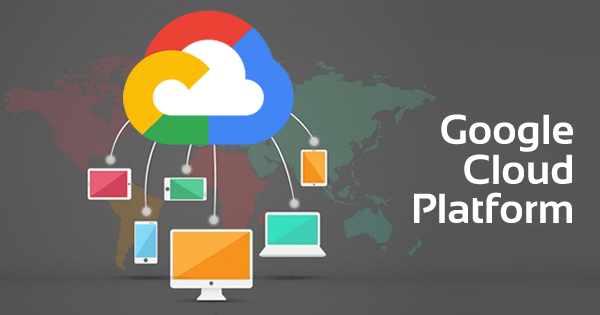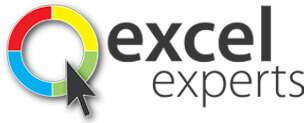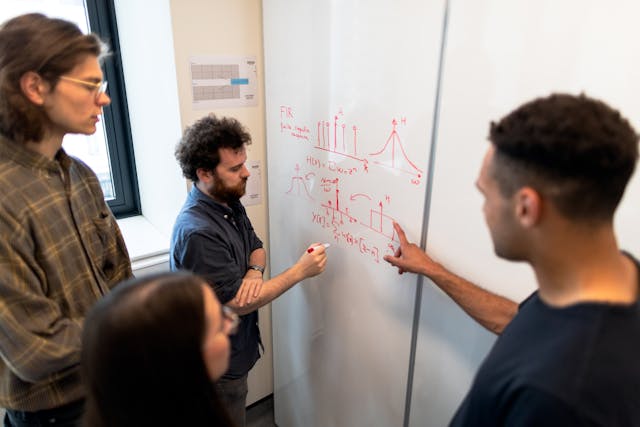For billions of users worldwide, Google cloud-based solution is a boon or bliss to say the least!
The global leader is at the forefront in proposing cloud-based solutions and implementing data management approaches via cloud-based services.
There was once a time when getting cloud-based solutions was a mere dream. But with the utilization of cloud technology, computing infrastructure has dramatically evolved.
And, Google being the pioneer is embarking on new heights via cloud services.
Today, with the involvement of powerful computing infrastructure, the utilisation of cloud technology has been enhanced. With cloud platforms, one can easily perfom high-workload tasks like data analytics and machine learning.
In todays time, Google Cloud Consulting has overtaken the market and is providing various benefits to the users.
In this article we will deep dive into the data lifecycle for better data management and will explore this Googles product.
About Google Cloud Platform (GCP)
The Google Cloud Platform (GCP) is a group of cloud computing services that Google offers and which are supported by the same infrastructure as Googles own products like Google Search, YouTube, and Gmail. GCP offers a variety of services, including those for application development, data analytics, storage, networking, computing, and machine learning. c
It offers various advantages including low costs, higher scalability and reliability, and enhanced security. Additionally, Cloud Data Fusion, Cloud Dataproc, BigQuery, and Cloud Functions are among the tools and services that GCP provides for storing, processing, and analysis of data.
These tools and services can aid enterprises in deriving value and insights from their data.
Organizations frequently use GCP to create and manage hybrid cloud environments, transfer existing applications into the cloud, and develop and deploy cloud-native applications.
In order to create and implement machine-learning models and conduct large-scale data analysis, data analysts and computer vision engineers also use it.
How Effective is Google Cloud Platforms Data Lifecycle Service?
For managing the lifespan of data, the Google Cloud Platform (GCP) provides a variety of services, such as storage, backup, and archive options.
With the help of Data Lifecycle Manager (DLM), organizations can effectively and with great ease automate the process of data transfer to various storage tiers based on the accessibility.
With DLM, you can set policies for when data should be transferred to a new storage tier and how long it should be kept in each tier. For instance, you can specify that data must be erased after a given amount of time or that it must be relocated to deep freeze after 3 months of inactivity.
DLM can reduce the storage expenses by automatically shifting data to less expensive storage levels when it is not required for any long, which is one of the key advantages of utilising it.
For instance, you can put data that is used frequently in quicker, more expensive storage levels and shift data that is accessed less frequently to slower, less expensive storage tiers.
DLM can also assist you in enhancing data management by optimizing the transfer of data across storage tiers in accordance with your policies. This can assist you in reducing the chance of data loss as a result of oversight or human error.
In general, Google Cloud Platforms Data Lifecycle Manager is a helpful solution for businesses looking to automate monitoring the lifecycle of their data. It can assist you in lowering storage costs, enhancing data management, and helping you adhere to legal obligations for data erasure and retention.
Understanding the Data Lifecycle for Better Data Management
The management of data from its conception or acquisition through its ultimate disposition is known as the data lifecycle. Understanding the many phases of the data lifecycle and putting the right controls and procedures in place to ensure the quality, integrity, and privacy of the information are essential for effective data management.
It is not just a one step cycle, one must have to go through various phases involved in the process. From data ingestion to disposal, you need to go through a complete cycle to get the desired output.
Data Ingestion: The first step involves initial generation or acquisition of data, whether by data entry, data collecting, or data import, occurs at this stage.
Storage: To guarantee that data is accessible when needed, it must be maintained in a safe and structured manner. This could entail keeping data on nearby or distant servers, on the cloud, or even on tangible storage like tapes or discs.
Processing: To make data more valuable or simpler to interpret, information is frequently altered or processed in some way. To do this, the data may need to be sorted, filtered, or aggregated. It may also be necessary to use algorithms or frameworks to draw conclusions.
Analysis: Data analysis is one of the most effective manners to derive conclusions, provide reports, or make judgments from the given data. For performing analysis, you can use Spreadsheets, advanced analytics software, or tools for data visualisation.
Distribution: The outcomes of analysis of data are frequently made available to others, whether this is done internally within a company or externally involving stakeholders or clients. To achieve this, you might produce reports, distribute data sets, or post dashboards or visualisations.
Disposal: Data must be dealt with in a safe and appropriate manner when it is no longer required. Data may need to be deleted, physically destroyed, or securely transferred to another party for destruction.
To guarantee that data is handled consistently and securely throughout the data lifetime, effective data management requires putting controls and processes in place at each phase of the information lifecycle.
In addition to implementing technology and tools to enable these operations, this may entail defining procedures and policies for data entry, storage, processing, analysis, distribution, and disposal.
Conclusion
Cloud technology is the future of data management and Google Cloud Platform is leading the way. If youre looking for a proven cloud solution that will help guide your business to success, consider using Google Cloud Consulting services.
With its experienced team and innovative solutions, GoogleCloud can help take your business to the next level.
by Patrick Wayne
























